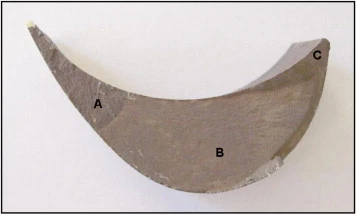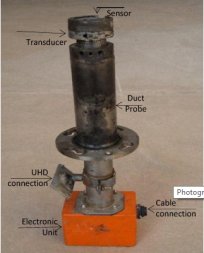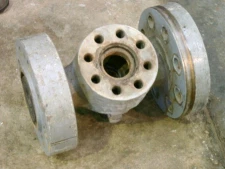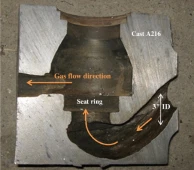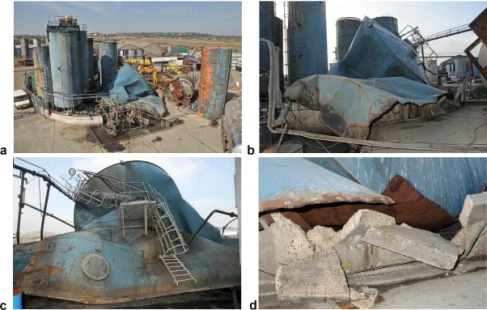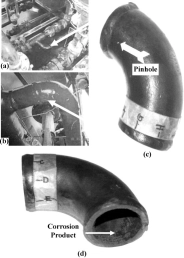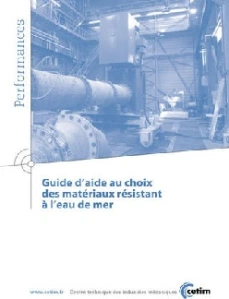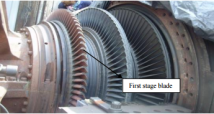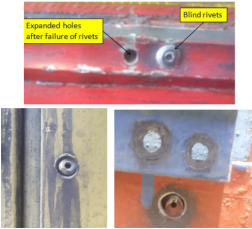 A paper published in « Case Studies in Engineering Failure Analysis« , available on sciencedirect.com.
A paper published in « Case Studies in Engineering Failure Analysis« , available on sciencedirect.com.
Corrosion has always been a problem in the petroleum refining and the petrochemical operations. The equipment of ISOMAX unit, such as reactors, furnace tubes, valves, and pipelines are frequently performed at high temperatures and high pressure condition. This working conditions, accelerates the failures due to corrosion. Therefore, heat- and corrosion-resistant alloys, e.g., austenitic stainless steels, have been widely used in this unit because of their excellent corrosion resistance, mechanical strength and toughness.
This paper describes failure analysis procedure of a cracked high pressure 321 SS RTJ flange in ISOMAX unit. In order to get conclusions related to crack propagation mechanisms of the flange, some investigations were done on the cracked flange that is mentioned in the body of the paper.
Read more …
WordPress:
J'aime chargement…


